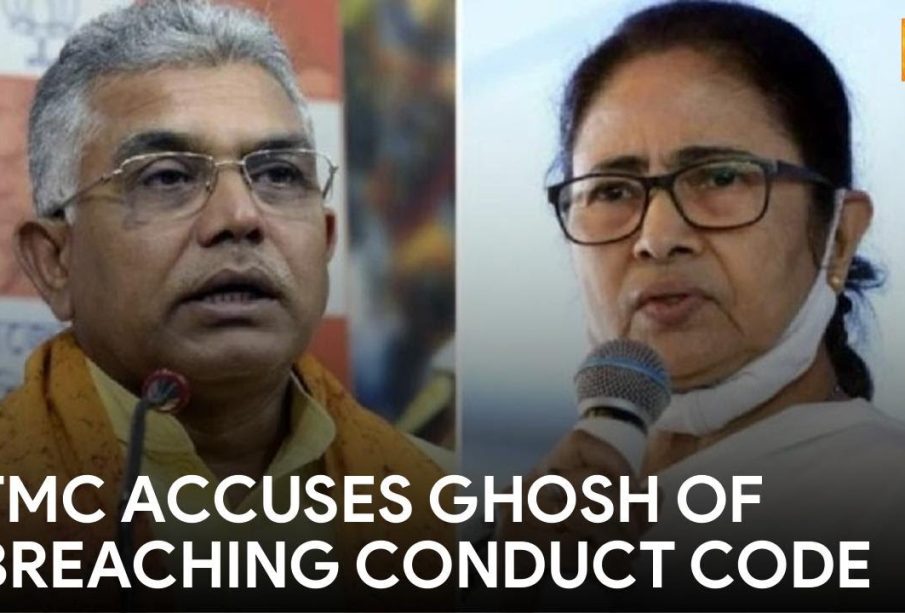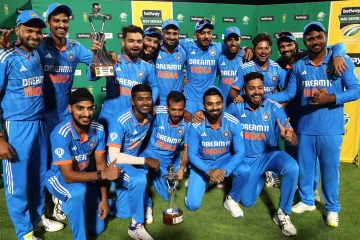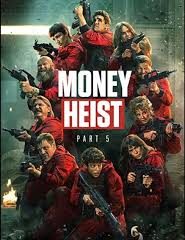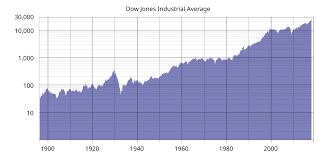Dilip Ghosh’s Viral Video: Transforming Political Discourse Today

Introduction
Today, a video featuring Dilip Ghosh, the current president of the West Bengal BJP, has gone viral, sparking widespread discussions across social media platforms. The significance of this video lies not only in its content but also in the potential impact it may have on West Bengal’s political landscape ahead of the upcoming elections. Such viral moments play a critical role in shaping public opinion and can influence voter sentiments considerably.
Details of the Viral Video
The video, which was shared extensively on platforms like Twitter and Facebook, shows Ghosh addressing a gathering during a recent rally in Kolkata. In the clip, he makes bold statements regarding the state government’s policies and criticizes the ruling party for its handling of various issues, including the recent economic challenges faced by Bengal residents. His passionate rhetoric, delivered with fervor, has resonated with supporters while inciting debate among detractors.
The context of the rally adds to the video’s relevance, as it marks a crucial point in the political calendar for the BJP as they prepare to rally support against the Trinamool Congress (TMC). Political analysts suggest that Ghosh’s assertive stance might be a strategic move to mobilize grassroots support as the party gears up for elections in 2024.
Reactions and Implications
The reactions to the video have been mixed. Supporters of the BJP have praised Ghosh for his outspokenness and commitment to addressing the concerns of the citizens, while critics from the TMC have condemned his approach as divisive and inflammatory. Social media analysts note that the virality of the video may boost Ghosh’s profile within the party and beyond, positioning him as a key figure to watch in the coming months.
Moreover, the fast-paced nature of political news in India means that viral videos can have instantaneous impacts on public discourse. Many political observers are watching closely to see how this moment will influence voter attitudes during crucial campaigning periods.
Conclusion
In conclusion, Dilip Ghosh’s viral video today is more than just another political clip; it serves as a reflection of the current political dynamics in West Bengal. As the state moves closer to the elections, every statement and appearance by major political figures like Ghosh will be scrutinized and analyzed. The potential implications for party strategies and voter behavior are significant, making it essential for citizens to stay informed and engaged with these developments. Ultimately, how the content and reaction to this video will shape the face of West Bengal’s political future remains to be seen.









